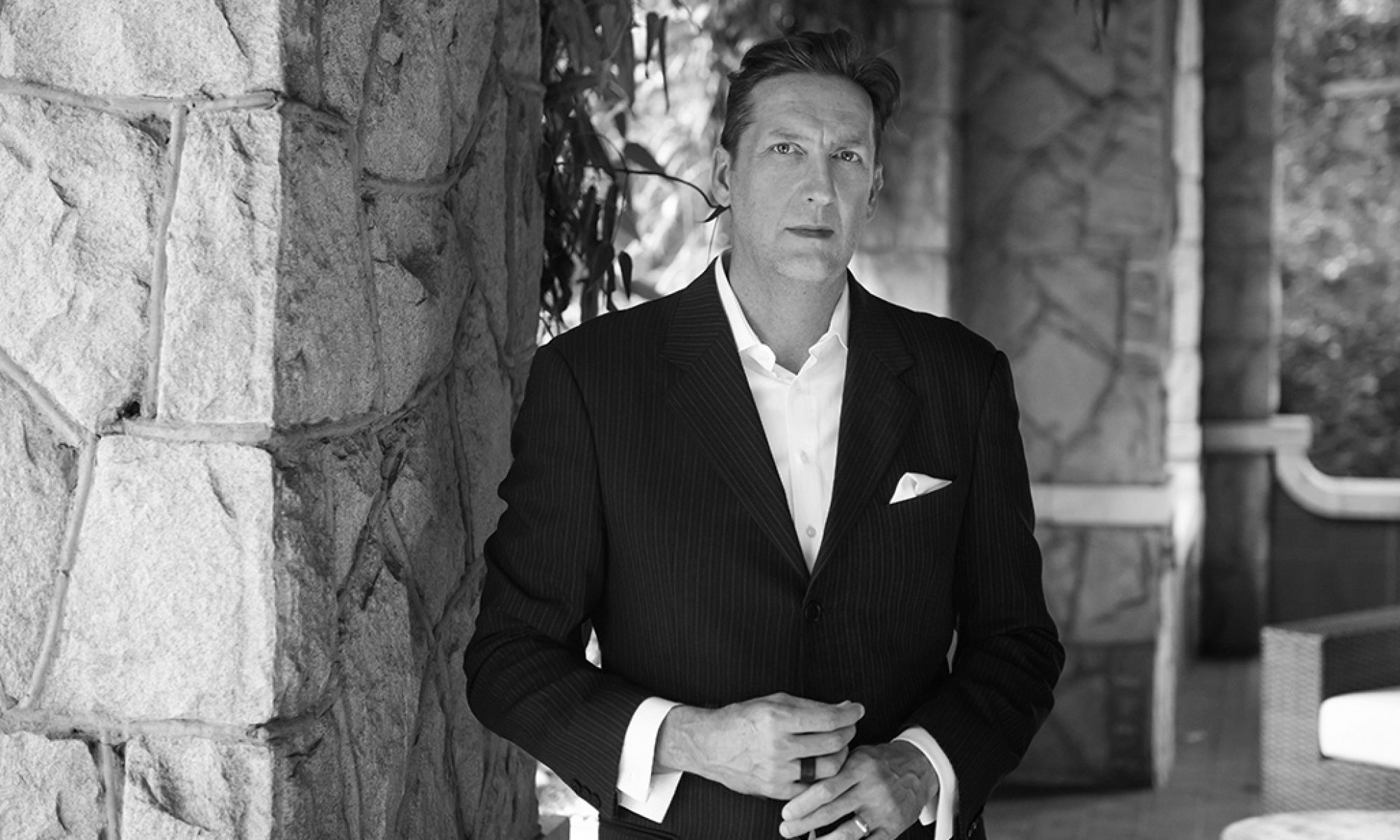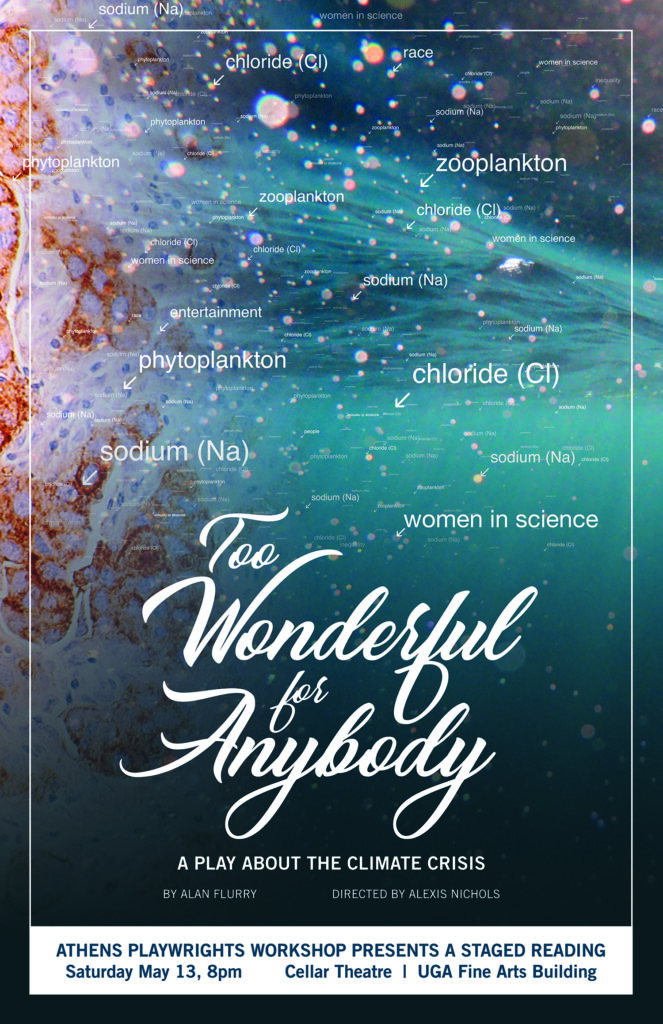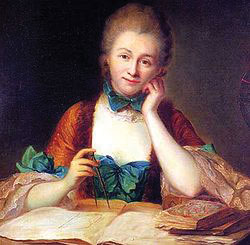Similar to the junk science being peddled at present to torture parents blame autism on Tylenol, as in it would be a terrible and cruel metaphor except that it’s actually happening.
Transpose that idiocy (generous interpretation) onto a much larger scale and you have the new dance craze known as AI. Well, the media is dancing, nonstop.
You can follow the money, and it just doesn’t make sense.
Check out the imagery, actually do not do that. It started as slop and it’s getting worse.
But science!, one might say. Surely, there are infinite uses! And there may be some for data set analyses on a massive scale – finding exoplanets and folding proteins. And yet, if we return to the most commonly propagated use case and raisin debt of the whole of the monstrous waste of natural resources as well as cash, it’s fake, broken turtles all the way down:
Gu and his team asked OpenAI’s ChatGPT, running on the GPT-4o model, questions based on information from 21 retracted papers on medical imaging. The chatbot’s answers referenced retracted papers in five cases but advised caution in only three. While it cited non-retracted papers for other questions, the authors note it may not have recognized the retraction status of the articles. In a study from August, a different group of researchers used ChatGPT-4o mini to evaluate the quality of 217 retracted and low-quality papers from different scientific fields; they found that none of the chatbot’s responses mentioned retractions or other concerns. (No similar studies have been released on GPT-5, which came out this August.)
The public uses AI chatbots to ask for medical advice and diagnose health conditions. Students and scientists increasingly use science-focused AI toolsto review existing scientific literature and summarize papers. That kind of usage is likely to increase. The US National Science Foundation, for instance, invested $75 million in building AI models for science research this August.
“If [a tool is] facing the general public, then using retraction as a kind of quality indicator is very important,” says Yuanxi Fu, an information science researcher at the University of Illinois Urbana-Champaign. There’s “kind of an agreement that retracted papers have been struck off the record of science,” she says, “and the people who are outside of science—they should be warned that these are retracted papers.” OpenAI did not provide a response to a request for comment about the paper results.
Quality indicators. Inventing a need for things the new thing said would no longer be necessary. Truly the wave of the future.
Be skeptical. Don’t abandon the ability to discern just yet.


